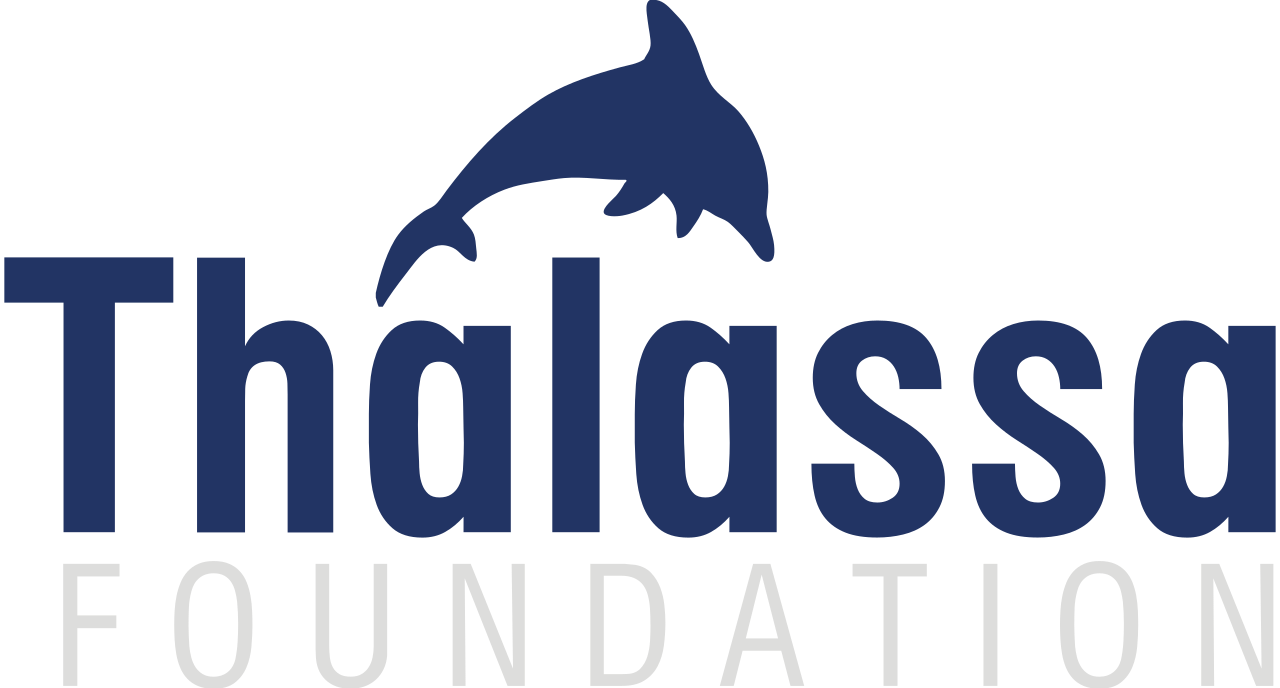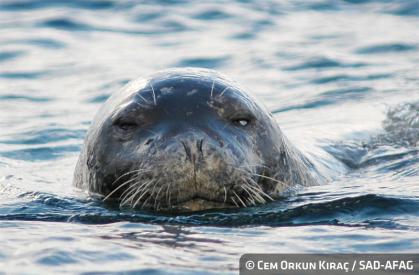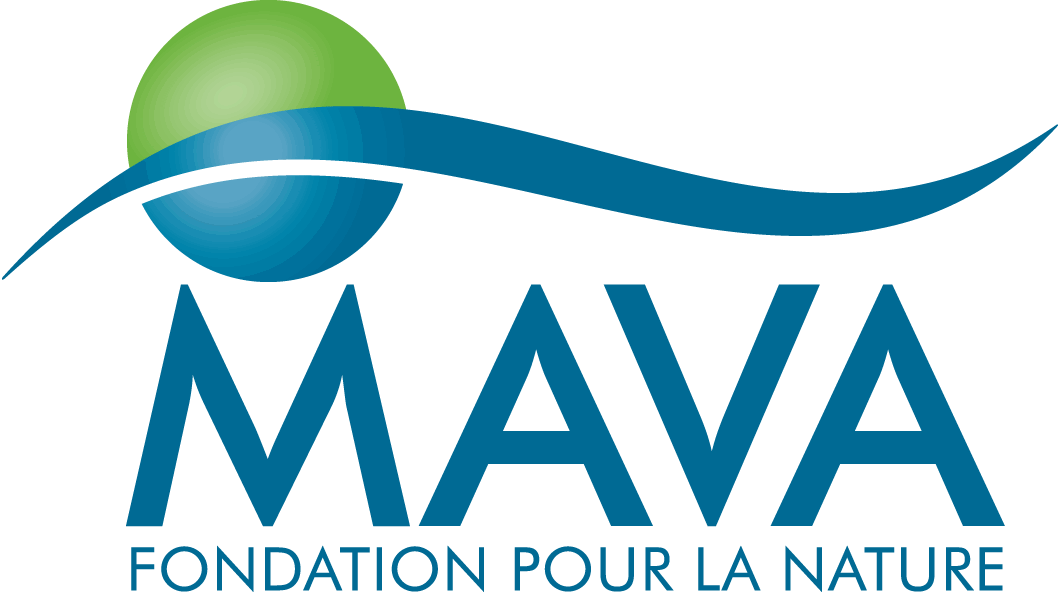Med Monk Seal
Title:
Med MonK Seal: Enhancing knowledge and awareness on monk seal in the Mediterranean
Launching date:
December 2022
Total Duration:
3 years
Geographical scope and countries involved:
Albania, Algeria, Egypt, Italy, Lebanon, Libya, Morocco, Syria and Tunisia.
Context:
The Mediterranean monk seal (Monachus monachus, Hermann, 1779) is the only representative of the sub-order Pinnipedia in the Mediterranean Sea. Once was present in the entire basin, the black sea and the nearly Atlantic region, the species is nowadays reduced to several hundred individuals dwelling in remote and isolated areas where little human disturbance is present. The known colonies of Mediterranean monk seals are now residing either in the eastern side of the Mediterranean (mainly in Cyprus, Greece and Turkey), or in the northeast Atlantic region off the coast of northwest Africa (Mauritania, Morocco, Cabo Blanco and the archipelago of Madeira) with no observed interaction between the two populations.
In the last two decades however, new sightings of the species increased across the basin in areas further from the eastern population region such as the Adriatic Sea (Albania, Croatia and Italy), Israel, Lebanon, Syria, and even further in Libya, Egypt and Italy.
From conservation point of view, the species was emphasised by literature as “The rarest marine mammal in the world and one of only few pinniped species to reside in tropical and subtropical waters”. The International Union for Conservation of Nature (IUCN) has highlighted its status as Endangered in its Red List criteria and this status is emphasised by regional and international conventions such as: The Convention on the Conservation of Migratory Species of Wild Animals (also known as the Bonn Convention); The Convention on the Conservation of European Wildlife and Natural Habitats (The Bern Convention); and The Convention for the Protection of the Mediterranean Sea (The Barcelona Convention).
The role and link to SPA/RAC
In September 1985, the Contracting Parties to the Barcelona Convention included the protection of the Mediterranean monk seal among their priority objectives for the second decade of the Mediterranean Action Plan (Genoa Declaration, 1985). To assist the Mediterranean countries in achieving this objective, SPA/RAC, in collaboration with Mediterranean experts and concerned organizations, prepared an Action Plan for the management of the Mediterranean monk seal. The main aim of the Plan was to reduce adult mortality, to establish a network of marine reserves, and to encourage research, data collection, rehabilitation, and information programmes for fishing communities and various other stakeholders.
With the aim to reinforce the commitment of the Mediterranean countries and their participation for the recovery of the species, the Contracting Parties approved during their 16th meeting (Decision IG.19/17 (POW 2010-2011), Marrakesh, 2009) the SPA/RAC proposal to prepare sub-regional programmes for the conservation of Monk seal. Therefore, SPA/RAC, with the aim to elaborate regional strategy for the conservation of Monk Seals in the Mediterranean, has prepared and updated during the biennium 2010-2011, the National Action Plans in the countries with high monk seal-density areas: Turkey and Cyprus as well as the preparation of action plans for the countries presenting low monk seal density area (Eg. Morocco, Algeria, Libya, Tunisia, Syria, Spain, Italy).
In 2013, the Contracting Parties to Barcelona convention adopted the Regional strategy for the conservation of Monk Seals in the Mediterranean (2014-2019) (Decision IG.21/4). Considering that such strategy is intended to promote and undertake concerted and effective actions at the local level to reverse the Monk Seal critical status, and to encourage the concerned States to implement a series of joint measures aiming at re-establishing the favourable conservation status of Monk Seal populations and their natural habitat in the region. The updated strategy (2020-2025) has been adopted by Barcelona Convention COP 19, 2019 Decision IG.24/7.
According to the strategy, the countries of the Mediterranean were divided into three groups according to the presence and occurrence of the monk seal; Group A countries who holds nuclei breeding sites; Group B are countries who had sightings of the species in the last 10 years; Group C are countries who still considered the historic habitat of the species.
In this regard, SPA/RAC has organised a dedicated workshop during the World Marine Mammals Conference (WMMC19, Barcelona, Spain, December 2019) and participants from Groups B & C countries namely Algeria, Egypt, Israel, Italy, Lebanon, Libya, Morocco, and Tunisia attended the workshop and presented an update on the existing information and status of the species in each country, highlighted and identified national gaps in the species knowledge, discussed how these gaps can be filled and the feasibility of implementing national monitoring programmes for the species; recalled the known areas which seems important to the species based on the presence of suitable habitat or sightings.
The Monk Seal Alliance (MSA) was created in 2019 by five founding members experienced in funding Mediterranean monk seal conservation projects: the Prince Albert II of Monaco Foundation, the MAVA Foundation, the Segre Foundation, the Sancta Devota Foundation and the Thalassa Foundation.
The MSA supports conservation projects at local, national and regional levels. Its calls for projects are designed to create incentives for actors to collaborate with others in the field, avoiding duplication and waste of resources and increasing effectiveness by addressing monk seal conservation strategically, holistically and throughout the species’ range.
Objectives of the project:
- Increase the capacity of the relevant Group B and C Countries that has recent sightings of monk seals.
- Fill the gap of knowledge regarding the presence and status of the species in these countries and contribute to the overall basin-wide status and knowledge of the species.
- Establish the links between the different Group Countries in the Mediterranean (Groups A, B and C), through training, exchange of experience and information.
- bring together the regional players involved in the conservation of monk seals to increase communication, collaboration and reduce duplication of work and effort.
Activities:
- Organization of Capacities building programmes
- Implementation of standardized Monitoring programme in the beneficiary countries
- Public awareness regarding Monk seal presence, threats, and conservation
- Data, analysis, integration, and dissemination
Regional Partners:
IUCN med and CBD-Habitat (members of the Steering Committee of the Project)
Funding:
Funded By Monk Seal Alliance (MSA), which brings together five donor organizations (the Prince Albert II of Monaco Foundation, the Mava Foundation, the Fondation Segré, the Sancta Devota Foundation and the Thalassa Foundation)
 |
|---|
 |
 |
 |
 |
|---|
For more details, please contact
Lobna BEN NAKHLA
Project officer
lobna.bennakhla@spa-rac.org
Ibrahem BEN AMER
ibrahem.benamer@gmail.com
Photo Credits: © INSTM




